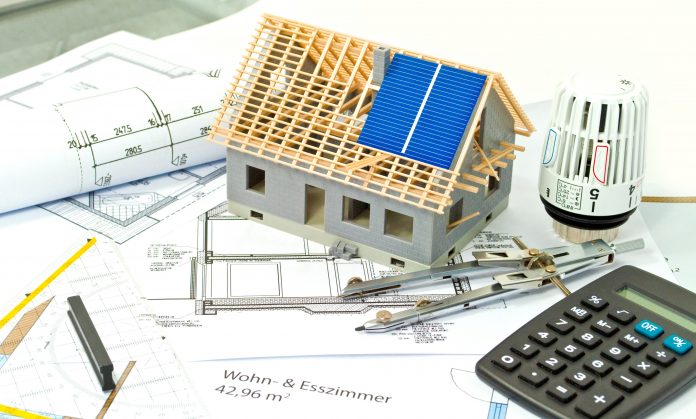With climate change on the minds of so many of the international community, the need for sustainable residential construction has never been greater. A few simple changes can help save the planet, and cut long term expenditure too – but where to begin?
Today, we’re taking a closer look at some eco-friendly considerations that those in the construction industry can implement into sustainable residential construction to begin building a greener tomorrow. From high levels of insulation to taking your water usage into serious consideration, we’ll cover it all.
Get serious about water
When we consider the word ‘sustainability’, we often think first about energy consumption. But being truly eco-friendly means taking a holistic approach, and what better place to start than with your water use? Increasing awareness about freshwater consumption and conservation means people are gradually becoming more water conscious – and while awareness is important, taking action is what really matters.
If you’re serious about implementing change, consider fixtures and appliances that conserve water, such as low flow faucet aerators, tankless water heaters and Energy Star rated washing machines. There are even products on the market that recognise when enough hot water has been generated to ensure none is wasted. Alternatively, consider capturing rainwater on your property which could be used to fill water features, irrigate gardens and maintain landscapes. Making these sorts of simple, effortless changes could be the key to building an efficient green home – so take a look around your home and decide where to begin.
Make use of the roof space
The sun is the ultimate source of clean, low-cost energy – so when you build, utilise the opportunity to plan for solar power use in a way that owners of older homes cannot. By making solar power native in the homes you build, you can take advantage of light positioning and geography to get the most efficiency and energy for your money. This will dramatically impact the power you collect, so combined with other sustainable residential construction ideas, solar power can generate enough energy for homeowners to start selling some back to their utility company. Not only will this make the new-build attractive for its sustainability, but also more appealing in the long-term for homeowners to save money, and reduce long term costs.
The materials used on the roof can make a dramatic difference in the energy efficiency of the house, so if you’re interested in a cool roof, it’s worth considering a product that reflects the sun’s energy away to get optimum results. Though green roofing products are typically more expensive in terms of materials and installation, homeowners are likely to recoup the costs through energy savings, the longevity of the product and minimal maintenance required. They can also be constructed to catch and filter rainwater, while insulating the home and preventing roof water from running into the storm sewer system – so the investment could be worthwhile.
Use sustainable materials and methods
From the frame of the home to the flooring inside it, sustainable building materials can reduce the impact of your construction on the environment. Wood is a renewable source when you choose a supplier who follows sustainable planting practices – and it doesn’t have to stop there. If you’re furnishing the home, consider checking with your supplier that the materials used are recyclable. Repeating this process with everything from a stylish occasional table to finish off the dining room to a long lasting kitchen worktop will ensure the home will be an eco-friendly paradise internally and externally too.
Flooring is one area where new products that are both environmentally friendly and great for home insulation ratings and climate control efficiency are flourishing. Modern flooring of this sort includes bamboo, cork and linoleum which are made of natural, renewable materials which are very efficient for doing your bit for the environment. For its long-lasting qualities, many designers and builders are choosing linoleum as environmentally friendly flooring with a long lifespan. Not only that, linoleum can be completely recycled at the end of life, so is great for the environment!
There are many green products and smart building options out there that can add value to your home, decrease its environmental impact, and help general performance. Whether you’re planning to transform an existing house or building from scratch, we hope these tips will inspire you to create an eco-home.
Angus Ponsford
Director















One way to combat global warming is for us future home owners or everyone to build sustainable homes that will not just save us money from bills but will also help the environment.